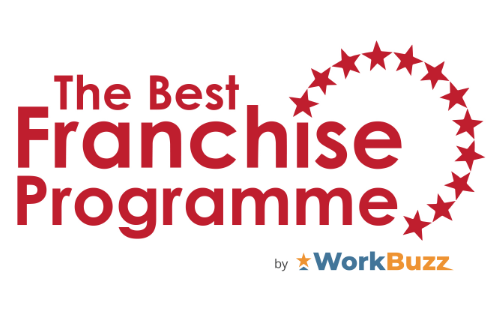Key performance indicators (KPIs) are often the bane of a franchisee’s life and in a lot of cases the franchisor’s as well. So why do we put ourselves through all this trouble of tracking metrics, performance and leads? Easy – they’re the most effective way of driving success through your business and, if done correctly, they can even turn a failing business around.”
As a franchisee you’ll be all too aware of the KPIs your franchisor mandates as part of your franchise agreement. They’ll more than likely form the backbone of any meeting, review or catch-up with your franchise manager and I’m going to go out on a gambit here and say these three are probably going to be among them: monthly turnover, cost of sales and gross profit.“
These three will always be the most exciting part of your KPIs as, at a glance, you get a pretty good idea of how a franchise is performing given they’re high level and easy to digest. You will of course also have some more industry-specific metrics to track depending on your sector. When I was a part of a franchisor team, those included the likes of success of a visit, client contact and service level agreement (SLA).”
The big question, however, is what can you do to support those big hitter KPIs? What else can you monitor on a subsidiary level that will reinforce those three metrics? If we have a target of increasing sales by £50,000, there isn’t much value in monitoring the likes of turnover or gross profit, as these all happen after the event and won’t help track the success of reaching your goal.“
So what do you do instead? How can you achieve your goal and use monitoring as a driving force behind that change? Simple – you backtrack and break it down. Once you have a target, you can work your way back and isolate what can directly affect this goal and monitor that, as well as those your franchisor dictates.”
Let’s look at an example: leaflet drops. Now this as a metric can directly attribute to an increase in sales. All you need to do is punch the numbers: firstly, £50,000 equals 50 customers.“
Secondly, 50 customers equals 150 meetings. Thirdly, 150 meetings equals 750 conversations across calls and email. Lastly, 750 conversations equals 7,500 leaflets. Put simply, to meet a target of increasing sales by £50,000, you’ll have to drop 7,500 leaflets.“
Obviously, this is a very simplistic example and view of the situation and you will of course have other driving factors that contribute towards sales growth. Replicating this process across those factors too, though, will help increase the impact even further.“
The only way to achieve your goals in a controlled manner is to ensure you track each spend and know what you’re getting from the output of your own time and resources i.e. if you spend £100 on marketing activity, you get X back. Knowing your return on investment is key.“
A huge benefit of being a part of a franchise network is you have a wealth of experience sitting right on your doorstep. Instead of picking up the phone to your franchisor, try speaking to one of your neighbouring franchisees. A lot of the time you’ll find they too, at some point, have looked to increase their turnover, gross profit etc. and will be able to offer their insight.“
Maybe you’d like an outside opinion or one that’s unbiased – this can be invaluable too. There are a huge range of resources available to franchises, including companies such as d&t, as well as others that operate in the same space, who can help. It’s worth remembering in order to grow your business you need to invest into it, spend the time looking at growth strategies, dialling back and looking at what contributes to your KPIs and invest in bespoke advice – whether that be from within your own franchise or from a franchising business advisor.“
Whichever route you choose to go down and whichever KPI you’re looking to affect, data will always be champion, not only to aid in achieving that goal, but also in ensuring you’re able to replicate next time around.“
S.M.A.R.T objectives have long been a great force for change, once you know your KPIs. For best results, make sure they’re specific, measurable, attainable, relevant, and time-bound. Then they’re a valuable tool to guide your efforts, break down the how and give you attainable targets to reach for. It has been proven time and again how effective it can be to apply a bit of S.M.A.R.T thinking to your business strategy.“
These initiatives don’t always have to be driven by the franchisor. They will give advice and be able to support you in delivering these objectives but ultimately the onus is on you as a franchisee to ensure your business is being monitored and driven forward. And who knows, maybe you can become the franchisee that everyone turns to for sage advice on how to monitor your franchise for success.”![]()

































